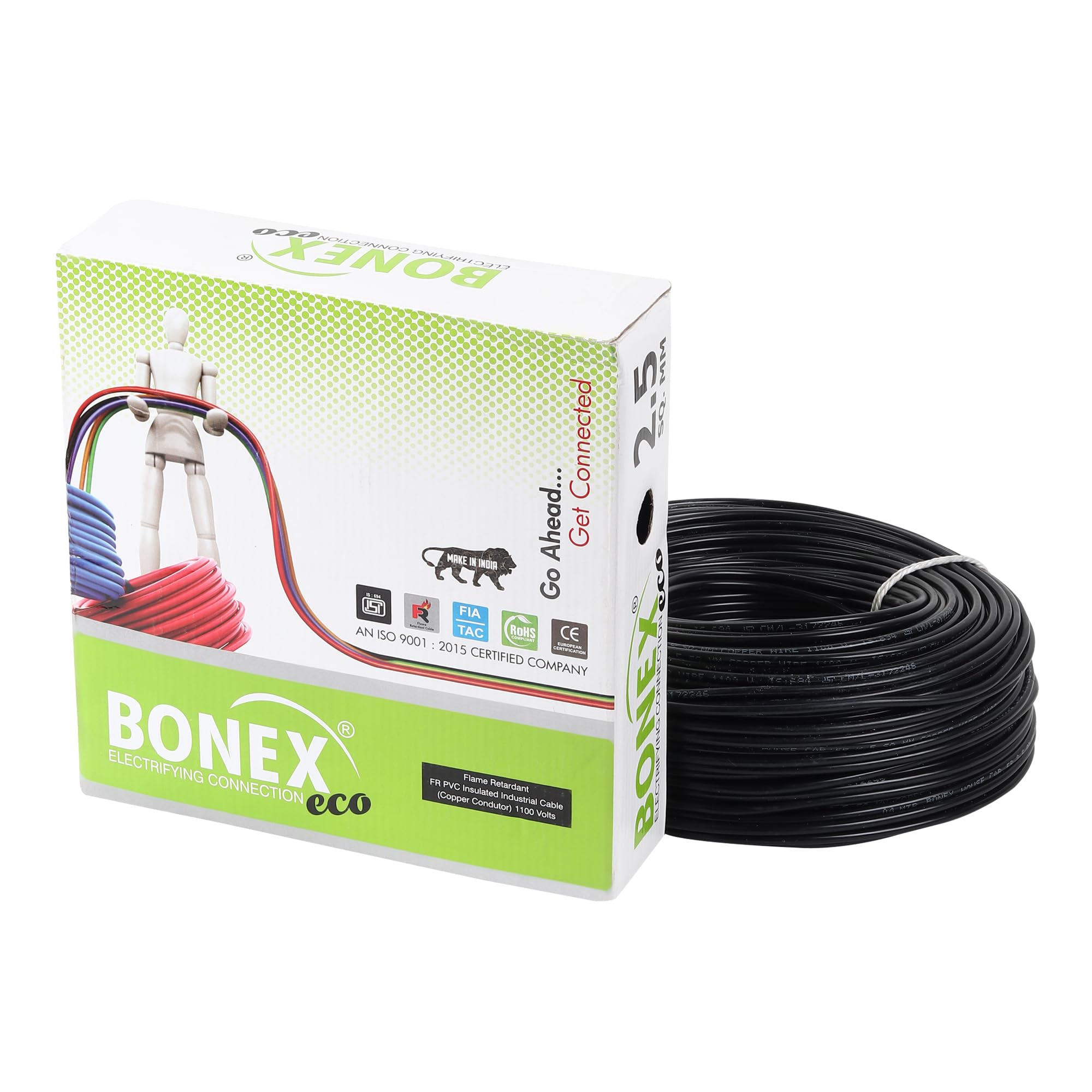When it comes to electrical wiring, understanding the properties of different wire colors is crucial for safety and efficiency. One common question that arises is: What color wire is the hottest? In this blog post, we will delve into the science behind wire colors and explore which color wire tends to heat up the most under various conditions.
- Conductivity and Resistance:
The temperature of a wire is influenced by its conductivity and resistance. In general, copper wires are commonly used in electrical applications due to their high conductivity. However, when it comes to heating up, resistance plays a significant role. Higher resistance in a wire can lead to more heat generation, regardless of the color. - Insulation and Heat Dissipation:
The color of a wire's insulation does not directly impact its temperature. Insulation is designed to protect the wire and prevent electrical hazards, rather than regulate its temperature. However, darker colored insulation may absorb more heat from external sources, potentially affecting the wire's overall temperature. - Environmental Factors:
The temperature of a wire can also be influenced by external factors such as ambient temperature, current flow, and insulation quality. For example, wires exposed to direct sunlight or placed in confined spaces may experience higher temperatures regardless of their color. - Thermal Imaging and Monitoring:
To accurately determine the temperature of wires in electrical systems, thermal imaging technology can be utilized. This non-contact method allows for the visualization of temperature distribution along wires, helping to identify potential hotspots and prevent overheating issues.
Conclusion:
In conclusion, the color of a wire does not directly determine its temperature. Factors such as conductivity, resistance, insulation, and environmental conditions play a more significant role in determining how hot a wire may get. By understanding these principles and utilizing appropriate monitoring techniques, electrical systems can be maintained safely and efficiently.


